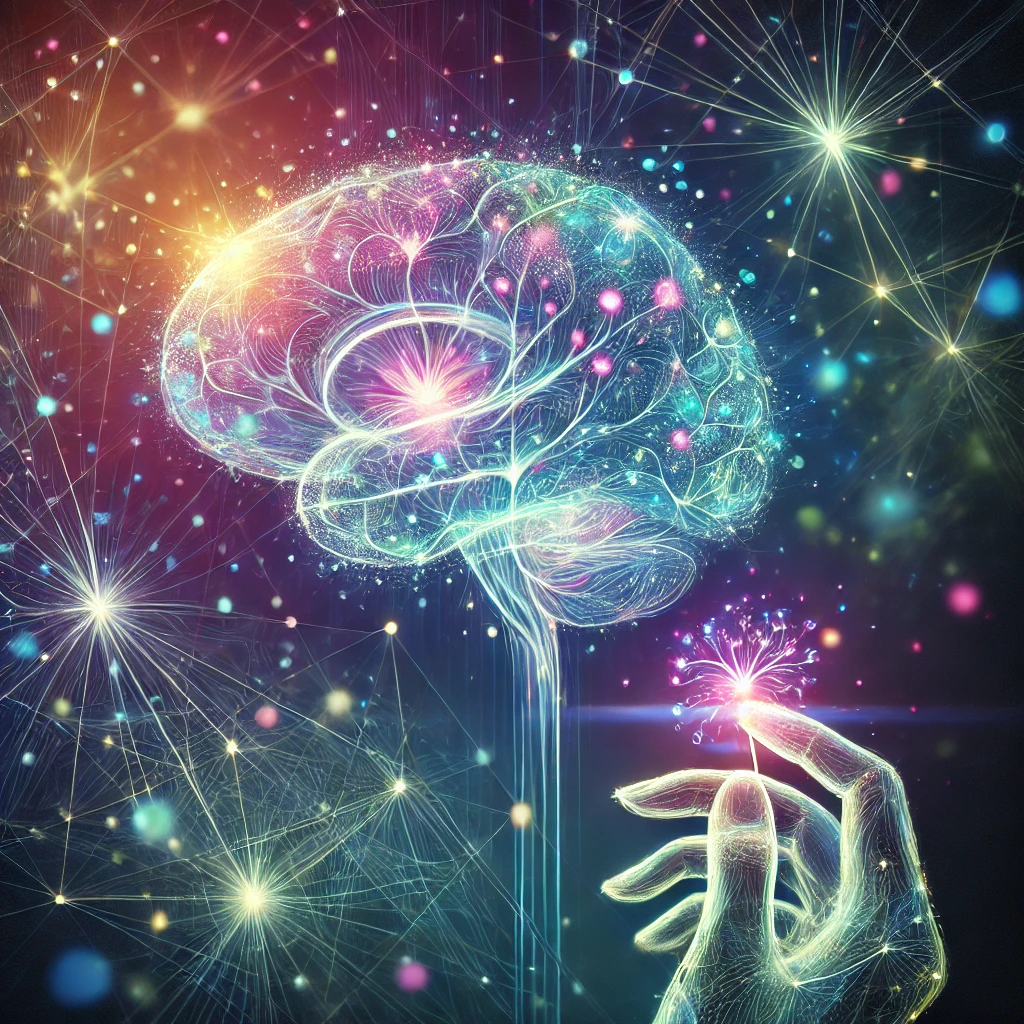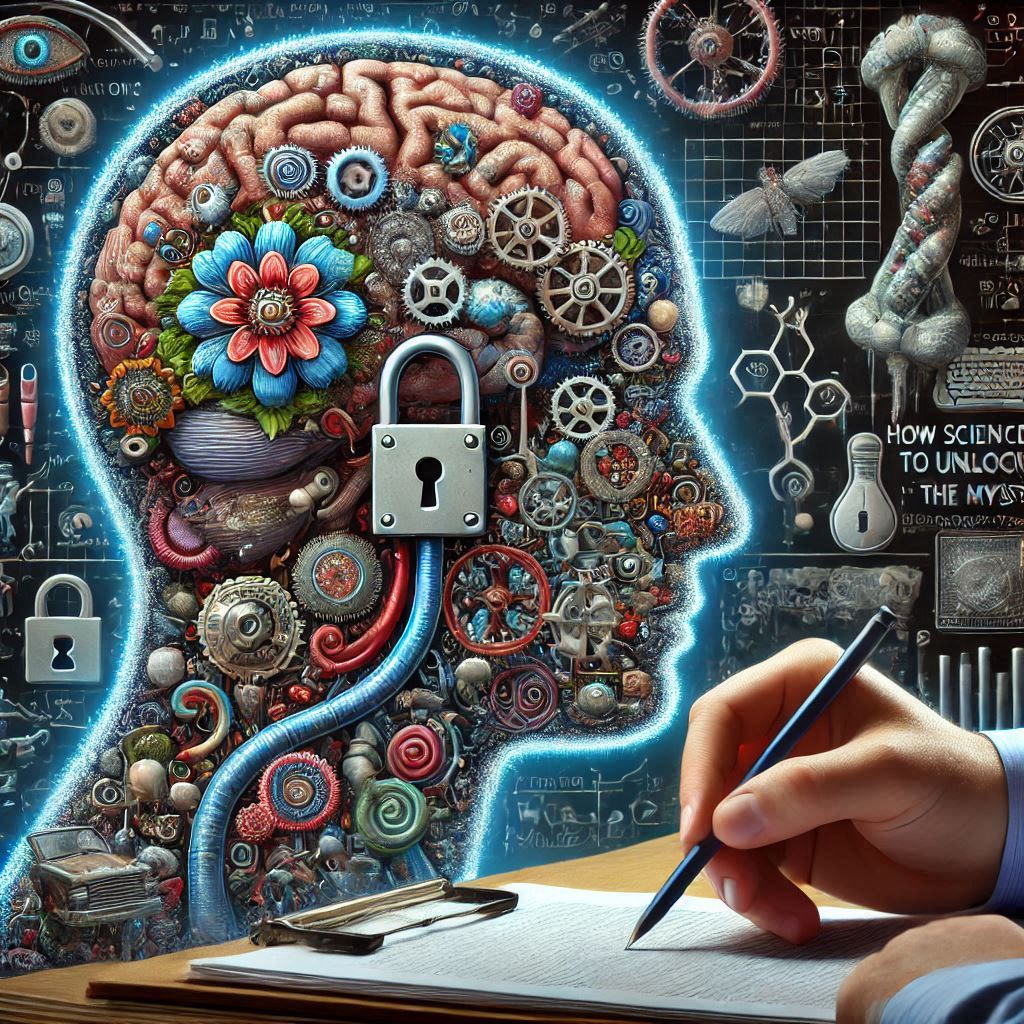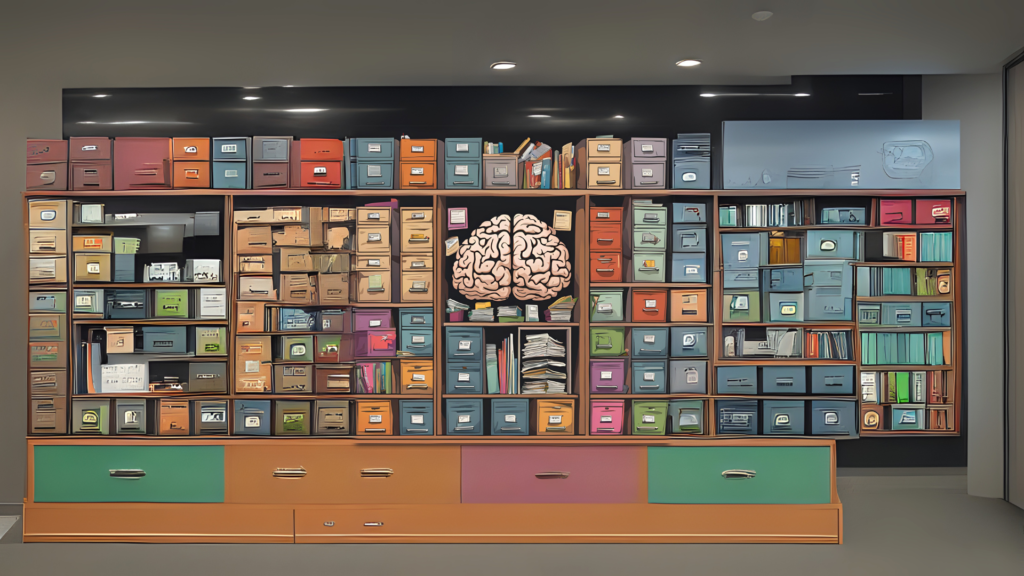How the Brain’s Key Cells Influence Memory and Learning
Table of Contents
The brain’s ability to learn and remember information stands at the core of what makes us inherently human. This remarkably complex process is orchestrated by a network of neurons, synapses, and neurotransmitters working together harmoniously. Yet, within this neural symphony, there are specific players known as the brain’s “traffic controllers” that are pivotal to the orchestration of learning and memory. These traffic controllers, scientifically known as glial cells, guide, mediate, and even regulate the signals transmitted within our neural networks. Understanding their role can unlock multiple mysteries of the human mind and open up new pathways for enhancing cognitive functions.
The Brain’s Architecture: More Than Just Neurons
When we think of the brain’s structure, neurons often take center stage. While neurons are essential for transmitting information across the brain, they rely heavily on a little-discussed group of cells called glial cells. Once overlooked as mere ‘support cells,’ these glial cells are gaining recognition for their crucial role in maintaining and regulating neural circuits:
- Astrocytes: These star-shaped cells maintain the blood-brain barrier and transport nutrients to neurons.
- Microglia: Acting as the brain’s immune cells, microglia help clean up debris and respond to injury or infection.
- Oligodendrocytes: These cells produce myelin, the insulating layer around neurons that enhances signal speed.
Orchestrating Neural Communication
Neural communication is an intricate process, and disruptions can lead to cognitive impairments such as memory loss or learning difficulties. Glial cells serve as the brain’s traffic controllers by performing several critical functions:
Mediation of Synaptic Signals
Astrocytes play a crucial role in synaptic transmission, influencing the strength and efficiency of signals between neurons. By releasing neurotransmitters and absorbing excess ions, they ensure the seamless transmission of messages.
Regulation of Neural Plasticity
Neural plasticity is the brain’s ability to change and adapt as a result of experience. Glial cells, especially astrocytes, modulate this plasticity by controlling the formation and elimination of synapses.
Ensuring Environmental Stability
Microglia constantly surveil the brain environment for pathogens or injuries, making necessary adjustments to eliminate threats. They clear out damaged cells and pave the way for new neural growth, ensuring the brain is conducive to learning and memory retention.
Implications for Learning and Memory Enhancement
The newfound understanding of glial cells’ roles opens a myriad of possibilities for improving brain function. If harnessed correctly, these insights could revolutionize the way we approach cognitive impairments and educational methodologies.
Potential in Neurotherapy
By targeting glial cells, researchers are looking into developing therapies for conditions like Alzheimer’s, ALS, and multiple sclerosis. Adjusting the activity of these cellular managers could lead to improved outcomes in neurodegenerative diseases.
Improving Cognitive Performance
Understanding astrocytes’ contribution to synaptic flexibility suggests that enhancing these properties may improve learning capabilities and memory retention. Future interventions might involve pharmacological or lifestyle changes aimed at bolstering these cells’ functionalities.
Revolutionizing Education
The education sector can greatly benefit from insights into how learning occurs on a cellular level. Customized learning approaches that take into account how individual brains process and store information could emerge, leading to more effective and personalized education systems.
The Way Forward: Challenges and Opportunities
While the promise of glial cells in unlocking new realms of understanding about learning and memory is compelling, research in this area faces its challenges:
- Complex Interactions: The brain’s complexity means that interactions between neurons and glial cells are incredibly intricate, making comprehensive studies challenging.
- Technological Limitations: Advanced imaging and genetic tools are necessary to observe and manipulate these interactions, and these technologies are still being refined.
- Ethical Considerations: Experimentation on glial activity, especially related to memory enhancements, carries ethical concerns regarding privacy, autonomy, and misuse.
Nevertheless, the opportunities are equally vast, with potential breakthroughs poised to benefit fields ranging from medicine to education profoundly.
Conclusion: The Future is Bright
The brain’s traffic controllers, or glial cells, are no longer the unsung heroes of our neural networks. Their influence on learning, memory, and overall cerebral health has catapulted them into the spotlight of cognitive neuroscience. As research steadily uncovers more about their roles, we edge closer to innovative ways to enhance brain function, improve mental health treatments, and reimagine educational techniques. The journey toward fully understanding and leveraging these dynamic cells holds the promise of transforming our comprehension and management of the human mind’s incredible capabilities.
Check out How Memory Works
Follow us on Social Media



